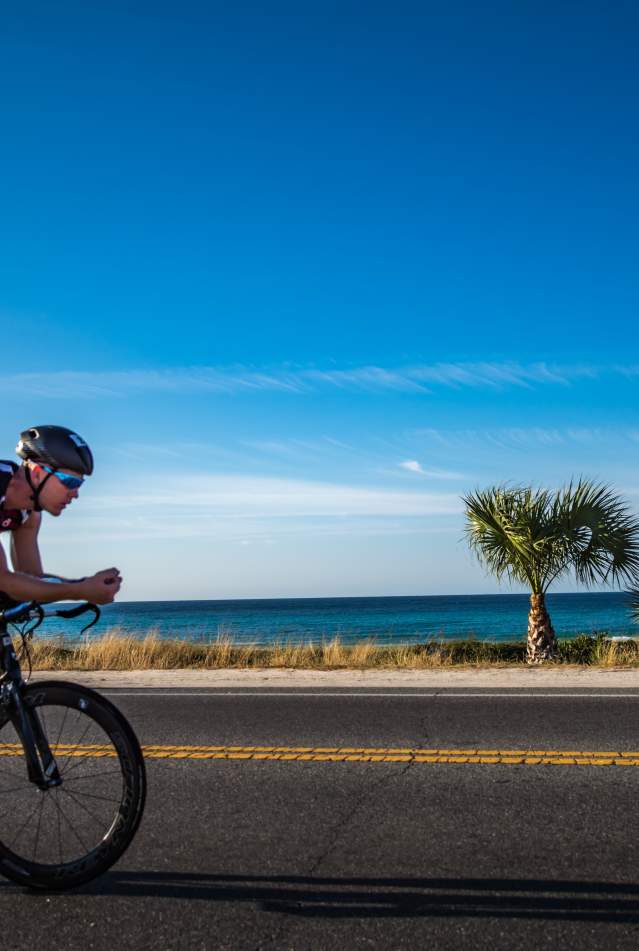Before getting into what’s biting around the beach, here’s a little advice that will make your time on the water far more enjoyable – regardless of how the fishing is going.
First of all, before you leave out on any fishing or boating adventure in the summer, make sure you pack plenty of water. Although you may just be out for a quick morning trip, things can happen and you don’t want to find yourself out in the heat of the day without any water. Secondly, make sure you drink plenty of water. It doesn’t do you any good in the cooler and, once dehydration starts to set in, you almost can’t drink water fast enough to overcome it. Lastly, your skin needs protection so I encourage you to wear appropriate clothing to battle the sun. Believe it or not, I stay much cooler in long sleeve fishing shirts and pants and often wear a face shield to keep the sun off of my face and neck (it also doubles as insect protection). At a minimum, if you choose to be out in the sun with skin exposed, be sure to use sunscreen to prevent damage caused by the sun’s UV rays.
Now to the fishing…
If you start early on the flats, you’ll find plenty of speckled trout and redfish up in the shallows ready and willing to pound topwater walking and popping plugs. The trout have been scattered throughout the grass near potholes, bayou and creek mouths, and along the edges of sandbars. The bigger trout seem to be located in 2-4 feet of water in areas that are mostly sand with small scattered patches of thick grass. The slot fish tend to hold closer to thick grassy flats in depths of 3-6 feet. While the bulk of the redfish are cruising shoreline flats in less than two feet of water, in some areas closer to the inlet they’re in big schools holding on the bottom of drop offs in 5-15 feet of water. I have been using spoons, baits that have a topwater walking action, and a variety of soft plastics on weighted jig heads for the fish holding in deeper water.
For the most part, the bull redfish bite has been really good around the bridges – especially in the evenings around the end of the outgoing tide. On any given night, the lure that gets them to chew the best can change between shrimp, crabs or eels. I like to take a flashlight and shine it in the water once it gets dark and that will give me an indication of what I should be throwing. A good overall plan is to have a few rods rigged up ahead of time so you can try a couple of different lures without wasting time cutting and tying on new stuff. I will normally start with a topwater bait on one, a plastic shrimp on another, a rattle bait or similar vibrating lure on a third and a good old fashioned jig. If you want to improve your odds for a hookup, you can always position yourself on the up current side of the bridge and flat line a live crab back to the front of the shadow line.
Good luck!

